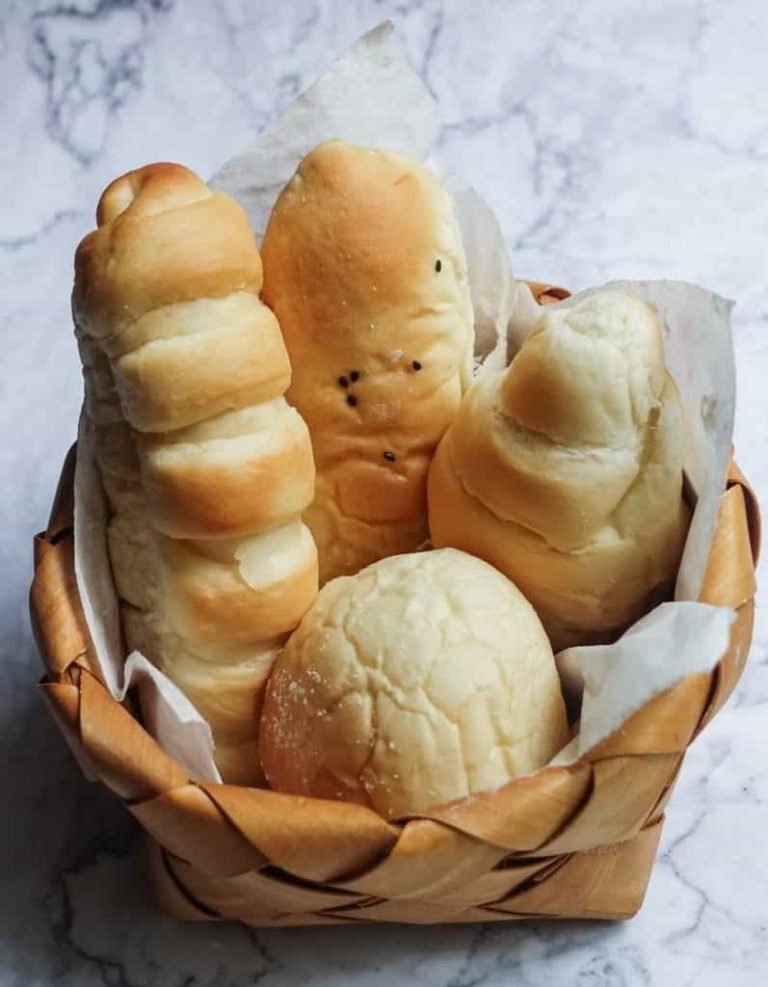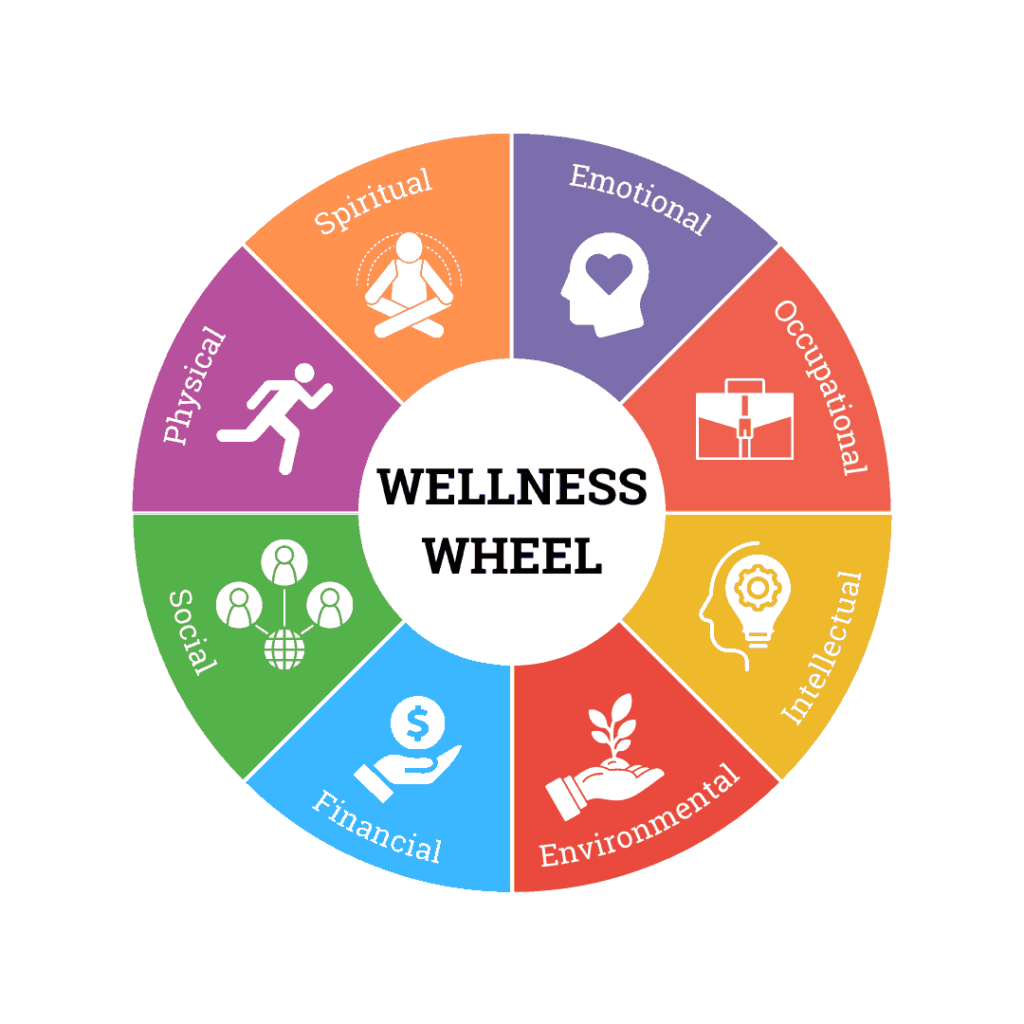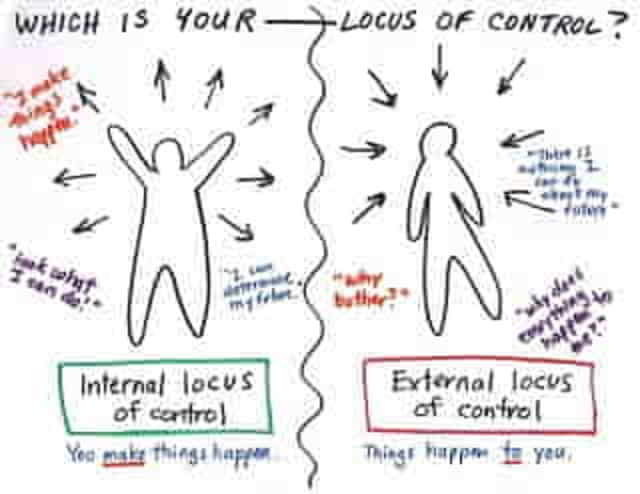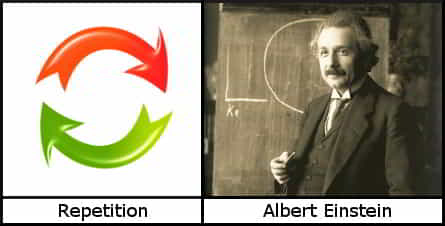Have a Guess!
Actually it’s ever so simple – it goes into here…

Yes, farmers buy out of date bread and pastries from organisations who have bought it from supermarkets. The bread obviously cannot be de-bagged and tagged so the whole product is crunched and grinded together into crumbs, then it is sold to farmers to supplement cow feeds.
They go to great lengths to say how nutritional it is:
Nutritional Values:
DM – Up to 65%
Protein 12-14%
Fibre 23%
Starch – 73%
But they omitted the sugar and salt content. The NHS says that bread is often high in hidden salt.
There were wide variations in the salt content of bread, with salt content per 100g ranging from 0.58g to 2.83g. The sugar content in the average slice of processed bread varies but can be as high 3g.
Pastries can have as much as 15g of sugar. Monosodium glutamate and sucrose phosphates are also present in bread and pastries.
Can cows cope with all this sugar, salt and monosodium glutamate? Well, clearly the authorities think they can – or do they care if they can or cannot? At the end of the day they are there to feed humans.

So it all goes in – the tag, the coloured plastic bag and the yeast-based bread, plus chemicals to stop the fermentation process whilst in storage.
The Daily Nation explains what happens when an animal eats a plastic bag.
Cows are fed the whole lot. What is more alarming is that this is a yeast-based product. Often farmers do not have proper containers to store bread crumbs, so when heat is applied from the sun, the yeast restarts the fermentation process and the crumbs start to bake. BUT don’t worry the clever scientists have come up with a solution.
Is it the next mad cow disease or foot and mouth?
Well, who knows? I am sure DEFRA and the FSA will have put their scientists onto this and would have cleared the activity. Please remember DEFRA and FSA were in charge when CJD/Mad Cow disease and foot and mouth existed – but it still happened.
We then drink the milk after the cow has been fed bread – and more importantly the plastic containing chemicals.
So, do we really know what the chemical composition of this milk is, when cows are been fed stale bread laced with chemicals. They show the good side of reusing food but the negative is feeding a cow plastic, bread, pastries laced with chemicals. But the worry is that we then drink the milk or eat the flesh.
Because we have busy lives.
Everyone is busy these days trying to make a living, bring up a family, and get on. Nobody has the time or inclination to start scrutinising food manufacturing until of course things go wrong. Only in articles like this or a virus like Covid-19 do we take interest and say; this isn’t right.
How would you feel if you were forced to eat a bag and tag and stale bread because it’s cheap?
Once again, the powers that be are allowing farmers and the retail industry to abuse animals for their own greed. History always tells us that it takes years before problems occur and never in the short term.
What can we do?
Most normal people would say that it’s good to use waste human products – but first and foremost is there any long-term harm to the animals we feed it to?
Or, when we have added all these chemicals to make it storable and reusable do these chemicals hurt the animal in the long term?
Or, more importantly, do any of these chemical pass to humans, and what are the long term effects of us drinking milk or eating meat from cows fed on bread and more importantly these chemicals?
• Eat only organic food and milk or better still drink organic oat milk
• Try a non-milk product with your cereals and reduce your milk intake
• Help humans to stop intensive farming by sharing articles like this with others
YouDrive thinks…
It’s a balancing act we guess – we have to feed the animals and we want to reuse food that would otherwise be wasted, BUT (especially at a time like this!) we wonder if we are contributing to the next major health issue.
It’s certainly safer to eat organic food if we can.
IF YOU WANT TO LEAVE A COMMENT, SCROLL DOWN TO THE BOTTOM OF THE PAGE!










